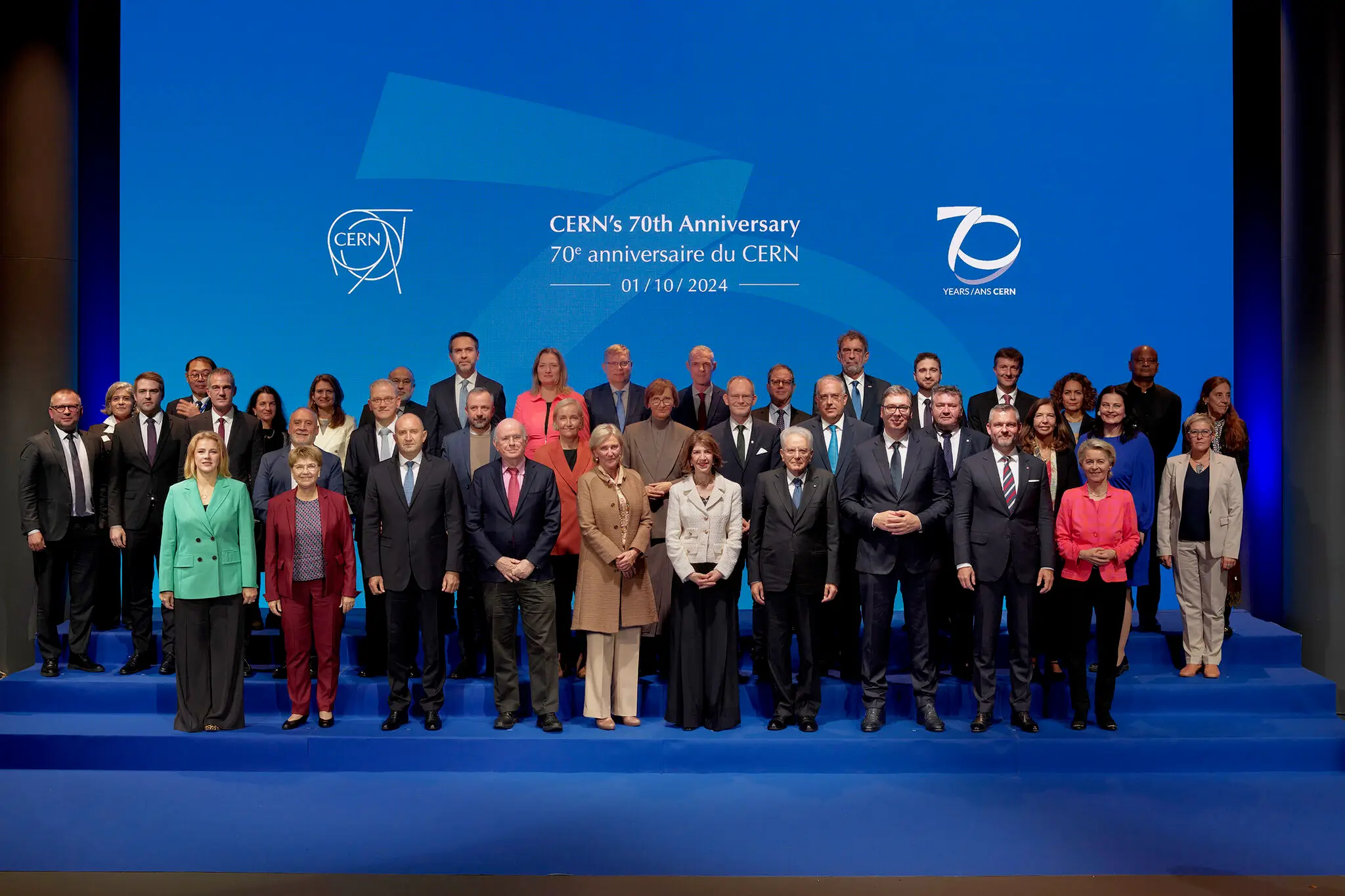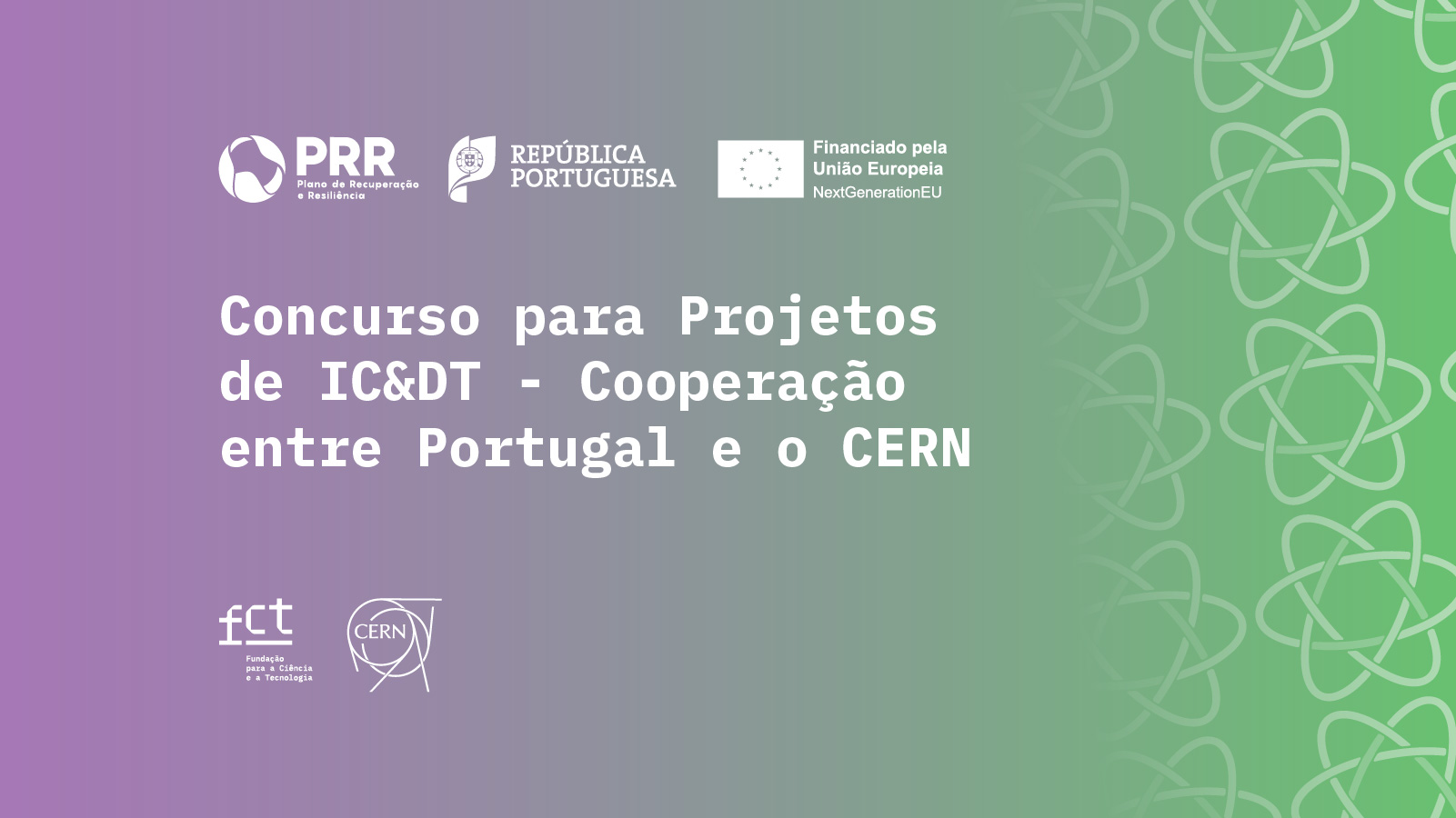CERN was founded in 1954, in accordance with the Convention signed by the Founding Members. This scientific organization was created with the main objective of "promoting collaboration between European countries in the area of fundamental research in the field of High Energy Physics (HEP), so as to enable Europe to lead in this field". Since then, CERN has been the world's largest particle physics laboratory, located northwest of Geneva on the Franco-Swiss border.
CERN is funded by twenty-four member states: Austria, Belgium, Bulgaria, Czech Republic, Denmark, Estonia, Finland, France, Germany, Greece, Hungary, Israel, Italy, Norway, Poland, Portugal, Romania, Serbia, Slovakia, Spain, Sweden, Switzerland and the United Kingdom.
Cyprus and Slovenia are Associate Member States in the pre-accession phase. Brazil, Croatia, India, Lithuania, Pakistan, Turkey and Ukraine also have Associate Member State status.
The European Union, UNESCO, Japan (for the LHC) and the United States of America (for the LHC and HL-LHC) hold Observer Status on the CERN Council. Russia's Observer Status is suspended in accordance with the CERN Council Resolution of March 8, 2022 and JINR's (Joint Institute for Nuclear Research) Observer Status is suspended in accordance with the CERN Council Resolution of March 25, 2022.
Today, CERN is the daily workplace for approximately 2,500 full-time employees of various cultures and nationalities, as well as 12,200 visiting scientists and engineers from all over the world.
CERN uses the largest and most complex scientific instruments to create the necessary conditions for detecting and studying the basic constituents of matter and antimatter, which will make it possible to demonstrate the fundamental theories of particle physics and discover the elementary principles of the creation of the world as we know it. To create these conditions, CERN has built and operates a number of particle accelerators, including the world's largest particle accelerator, the LHC. The LHC accelerates 2 beams of particles to high energies, which will collide at 4 points inside the accelerator, where colossal particle detectors are installed to record the results of these collisions. From materials science to information technologies, from superconductivity to precision geodesy, particle physics demands extreme levels of quality, making CERN an important test bed for various fields of technological innovation.
Portuguese participation
Portugal joined CERN in 1985, starting on January 1, 1986. As a member state, Portugal contributes annually to the infrastructure's operating costs (around 1% of the organization's overall budget).
During the negotiations for Portugal's accession, an Administrative Protocol was drawn up regulating the Portuguese authorities' support for the development of the FAE and similar areas, namely through the funding of research projects managed by the FCT. The scientific benefit of national participation, taking into account the participation of the national FAE scientific community in CERN activities, is considered excellent. This scientific benefit includes the possibility of Portuguese teams participating in the experiments carried out at CERN. In 2024, around 108 researchers were participating in some of CERN's experiments or research programs, such as CMS and ATLAS, installed at the LHC. The researchers in Portugal linked to CERN form teams in the field of particle physics and nuclear physics, and represent various entities at national level, including the Laboratory of Instrumentation and Experimental Particle Physics - LIP, the Technological and Nuclear Institute, the Universities of Aveiro, Coimbra, Lisbon and Porto, among others. The participation of these national teams in CERN's various experiments has generated hundreds of international publications, presentations at international and national conferences, and several master's and doctoral theses. Approximately 65 other Portuguese (with backgrounds in various areas, such as electronic engineering, electrotechnics, materials and chemistry, among others) have permanent employment contracts in the organization's technical departments.


